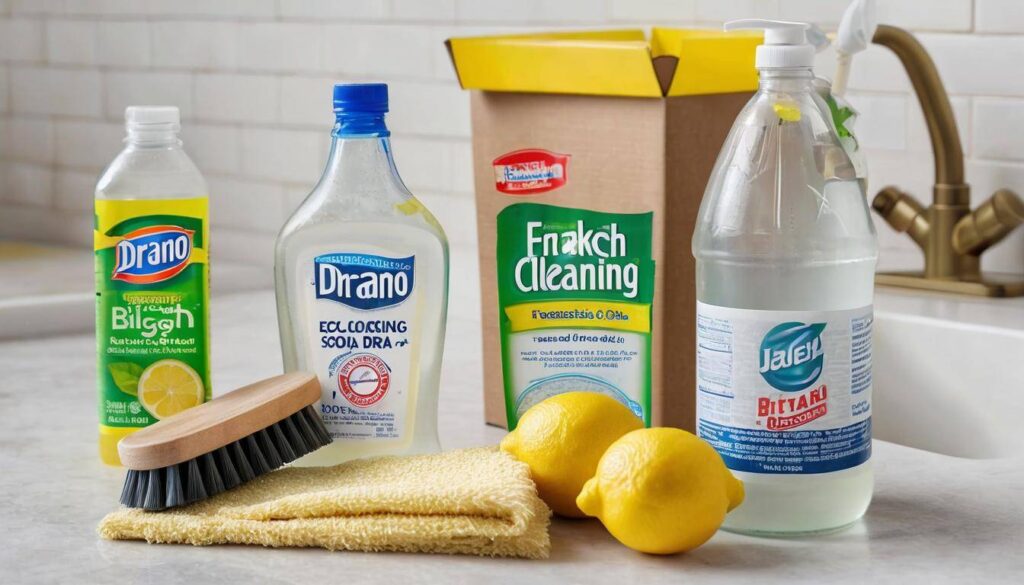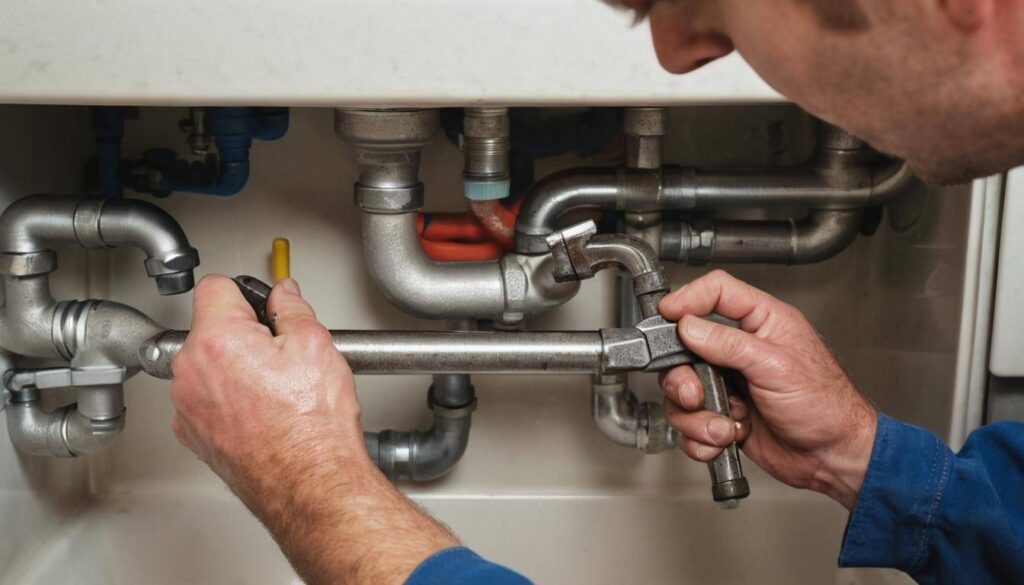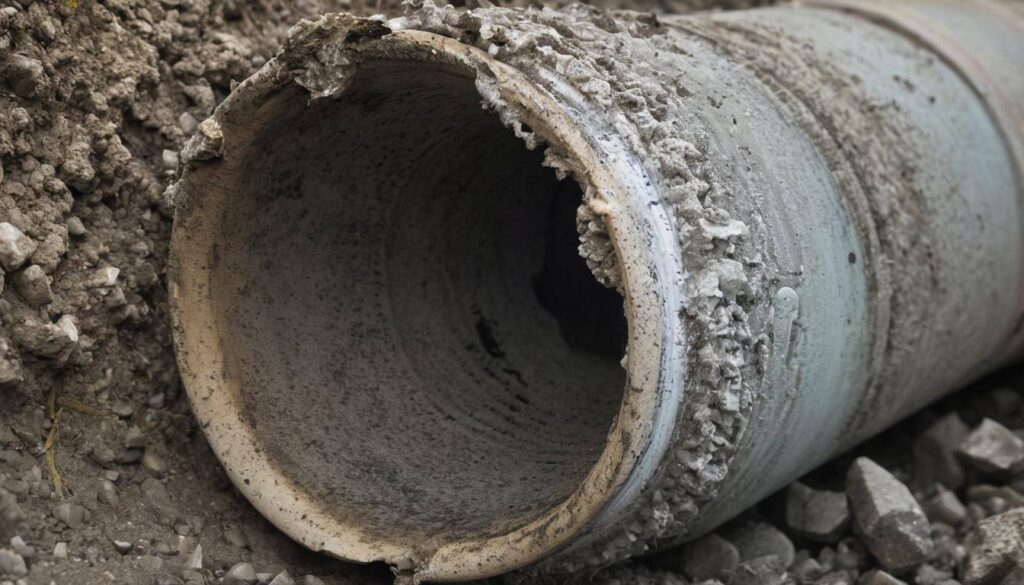Do I Need a Plumber for Faucet Repair? Plumbing Tips and DIY Guide
Not every faucet problem demands a plumber’s help. Some simpler issues like a loose handle or a drip-drip sound can often be handled by anyone with basic tools and a bit of guidance. However, complications such as a low water flow, leaks from the faucet base, or broken internal parts may need an expert’s touch to sort out the mess once and for all. You wouldn’t believe how some minor changes can fix your leaky tap back into shape, unless it’s beyond easy repair. It’s time to roll up your sleeves and try a bit of DIY before calling in the pros.
While minor faucet issues such as a dripping tap can often be fixed by homeowners, more complex problems like leaks from the base or issues with the water pressure may require the expertise of a licensed plumber to ensure proper and lasting repairs. It’s important to assess the severity of the issue and consider consulting with a professional if in doubt.
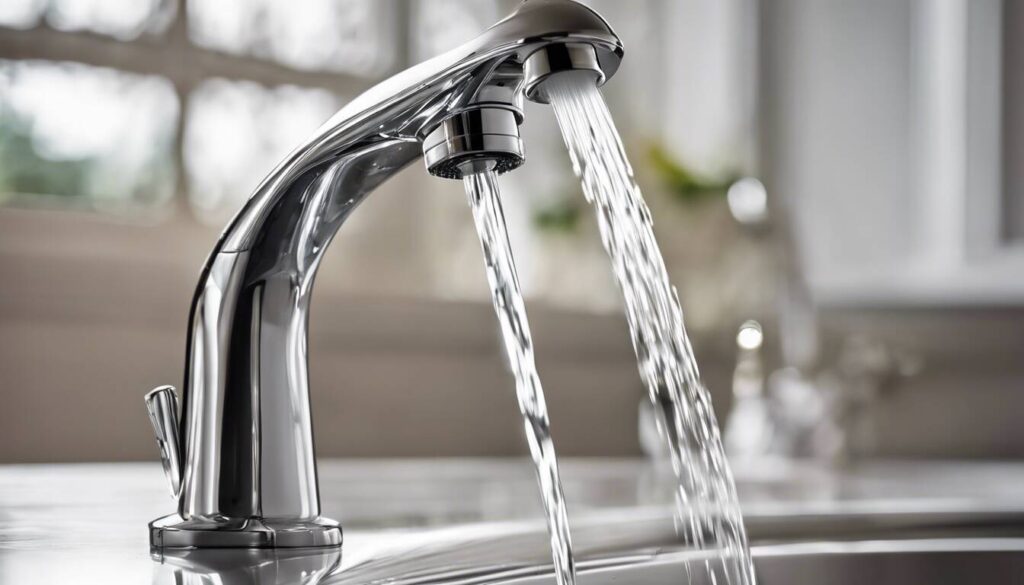
Do I Need a Plumber for Faucet Repair?
So, you’ve noticed a problem with your faucet—maybe it’s constantly dripping, or perhaps there’s an annoying persistent leak. The question that arises is whether to handle the repair yourself or to seek out professional help. Let’s break it down: for minor issues like a dripping faucet or a loose handle, you might just need some basic tools and a little know-how to solve the problem. However, for more complex problems such as low water pressure, leaks from the base, or internal component malfunctions, seeking professional assistance may be the best course of action for ensuring a lasting solution.
Your decision will ultimately depend on your comfort level with DIY repairs and the complexity of the issue at hand. It’s important to recognize when a fix is within your scope and when it’s time to call in the professionals.
For example, fixing a leaking faucet is manageable if it’s just a matter of replacing a worn-out washer or O-ring, requiring only a few basic tools and a bit of guidance. However, if the leak is coming from deeper within the faucet or if multiple faucets are affected by low water pressure, these issues could indicate more serious plumbing concerns that require expertise beyond what a typical homeowner possesses.
In general, if your repair involves turning off the main water supply, complicated internal components, or intricate adjustments, it may be best to leave it to the professionals.
The complexity of faucet issues can vary greatly, but one thing is for sure—knowing when to DIY and when to bring in expert help is key to resolving them effectively and efficiently.
Common Faucet Problems and DIY Solutions
A dripping faucet is a common annoyance in many households. If you hear that steady drip-drip-drip every night, it’s probably time to investigate. The sound alone can drive someone mad! This frustrating issue is often caused by worn-out washers or O-rings inside the faucet. The good news is that you can usually fix it yourself without calling in a professional. By replacing these worn-out parts, your old faucet can be good as new.
All you need are the right tools and a bit of know-how. If you’re feeling confident, disassembling the faucet might seem scary, but our website has detailed instructions to guide you through the process.
Fixing a Dripping Faucet:
- First, turn off the water supply.
- Use a wrench or screwdriver to carefully take the faucet apart.
- Once it’s open, identify the worn parts – usually washers or O-rings.
- Find these replacement parts easily in hardware stores.
- Assemble everything back together and turn on the water to see if the drip has vanished.
Another common problem is low water pressure, which often results from mineral build-up in the aerator. When this happens, soaking the aerator in vinegar will help dissolve these pesky mineral deposits. If repeated cleaning attempts don’t solve the issue, replacing the aerator with a new one could provide a quick fix.
Addressing Low Water Pressure:
- Unscrew the aerator at the end of your faucet spout.
- Let it soak in vinegar for a few hours or overnight to loosen up any mineral deposits.
- Rinse the aerator thoroughly before putting it back onto your faucet.
- If cleaning doesn’t restore water pressure to an acceptable level, replacing it with a new aerator would be necessary.
Leaky bases are yet another headache for homeowners dealing with leaky faucets. If you spot water pooling around the base of your faucet, there might be a worn-out O-ring or faulty seal causing the issue. Luckily, this too can often be addressed without professional intervention.
Fixing a Leaky Base:
- Cut off the water supply first.
- Disassemble the faucet again using proper tools and caution.
- Once inside, check for worn-out O-rings or faulty seals around the base.
- Follow detailed guidance on our website to replace these parts accurately.
Problems with your faucet don’t have to mean calling in an expensive plumber every time; with some basic knowledge and care, many common issues can be tackled easily at home.
Navigating through the difficulties of faucet repair can be quite daunting, but recognizing when it’s time to seek professional help is equally crucial. Moving forward, we’ll explore situations that warrant enlisting the expertise of a seasoned plumber when dealing with stubborn faucet problems.
When to Call a Professional for Faucet Repair in Calgary, Alberta
Imagine this: you’ve tried everything you know to fix that leaky faucet, but the problem just won’t go away. This is the point where it’s probably time to call in a professional plumber. Here are some scenarios where their expertise may be necessary:
Complex Internal Issues
Some faucet issues go beyond what a simple DIY fix can handle. If the problem stems from within the faucet’s internal components, such as a malfunctioning cartridge or valve, it’s best to bring in a plumber who has the experience and tools to diagnose and resolve the issue effectively. These internal components are intricate and often require specialized knowledge to fix. A professional plumber can accurately assess the situation and provide a lasting solution without causing further damage to your faucet.
Fixture Replacement
When it comes to installing a new faucet or dealing with major structural issues, professional plumbing skills may be necessary to ensure proper installation and function. Installing a new faucet entails more than just screwing it on; it involves intricate connections and precise adjustments For instance, if the faucet sits on an irregular surface, achieving a watertight seal might require advanced plumbing techniques that only an experienced professional can provide.
Moreover, faucets are part of a larger plumbing system, which means their installation or replacement can have implications beyond just the fixture itself. A professional plumber understands how these fixtures interact with your plumbing system as a whole and can ensure that any changes are made with consideration for your entire setup.
Some might argue that tackling these complex issues themselves could save money, but considering the potential for mistakes leading to costly damage, the expertise of a professional becomes invaluable.
So, when you encounter challenges that seem beyond your capabilities or require an expert eye and experience, it’s wise not to hesitate in seeking help from a qualified plumbing professional.
Navigating through the complexities of faucet repair concerns expense as well. Let’s now shift our focus to understanding the expected costs associated with various faucet repairs.
Expected Costs for Faucet Repairs
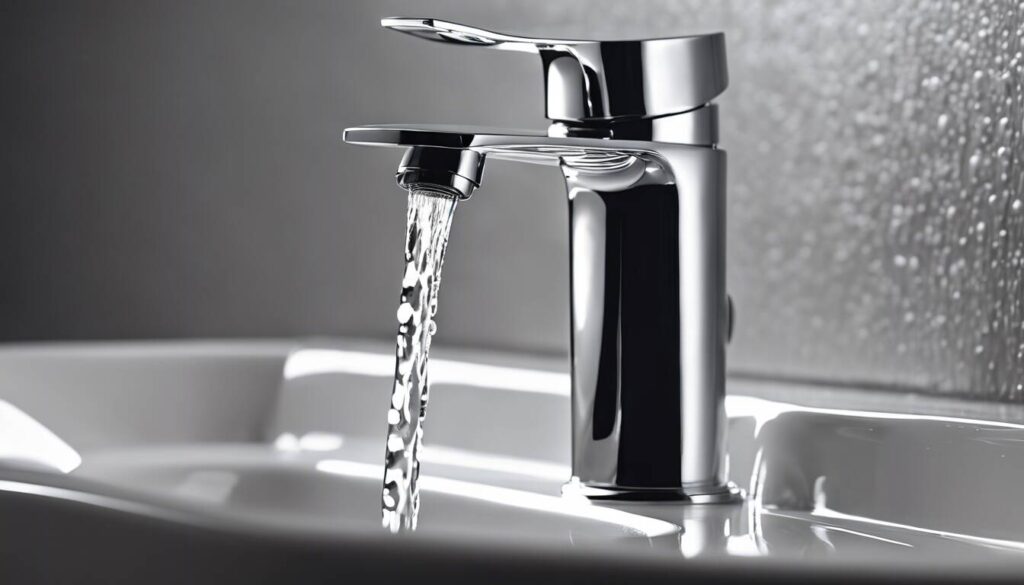
When it comes to faucet repairs, the cost can vary greatly depending on the complexity of the issue. Simple fixes such as replacing washers or O-rings are typically more affordable and can set you back around $20 to $50, mainly for the parts. These types of minor repairs are usually manageable for someone with basic DIY skills and tools, but it’s important to ensure the correct parts are used and installed properly to avoid any leaks or further damage.
On the other hand, more complex faucet repairs that involve internal components or full fixture replacements can be significantly pricier. In these cases, the cost can range from $150 to $500 or even more depending on the extent of the repairs and the type of fixtures being replaced. For instance, replacing an entire faucet fixture involves not just the cost of the new fixture, but also potential labor costs if professional installation is required.
Let’s say you have an older faucet that needs a complete replacement due to persistent leaks and corrosion. The cost will likely be higher due to the need for a brand-new fixture and potentially additional work to update any outdated plumbing connections.
It’s crucial to remember that these estimated costs cover both materials and labor if a professional plumber is involved. Labor fees can vary based on factors such as the local market rates, job complexity, and the amount of time it takes to complete the repairs.
Bear in mind: A trustworthy plumbing company will always offer transparent pricing and provide a detailed breakdown of all costs involved before starting any work. This ensures that you have a clear understanding of what you’re paying for without any surprises.
Understanding these potential costs can help you make informed decisions when it comes to faucet repairs while also enabling you to budget effectively for any necessary repairs or replacements.
Armed with this knowledge about expected costs, let’s now shift our focus to explore essential criteria for selecting a qualified plumber who can confidently tackle such repairs with professionalism and expertise.
How to Choose a Qualified Plumber
Selecting the right plumber for your faucet repair is crucial in ensuring that the job is done correctly, efficiently, and within budget. Here are key considerations to keep in mind as you embark on this crucial selection process.
Licensing and Insurance
When it comes to plumbing, credentials matter. Verifying that the plumber holds the necessary licenses and insurance is paramount. This ensures they are authorized to work in your area and provides a level of accountability and protection in case of accidents during the repair process. It’s a vital step that can save you from potential legal and financial repercussions down the line.
Customer safety and property protection should always be a priority – choosing a licensed and insured plumber is a foundational step in achieving this peace of mind.
Experience and References
Next on our checklist is evaluating the experience and track record of plumbers you’re considering. Look for professionals with a proven history of successfully handling faucet repairs. Gathering insights from customer reviews and testimonials can provide valuable perspective on the quality of their work and customer satisfaction.
Furthermore, don’t hesitate to ask for references or examples of past faucet repair projects they have completed. By doing so, you’re giving yourself the opportunity to gauge their expertise and determine if they are equipped to handle the specific issues your faucet may be experiencing.
Estimates and Contracts
Obtaining estimates from multiple plumbers is an essential part of the selection process. It allows you to compare the scope of work each professional intends to undertake, along with associated costs and timelines. Such comparisons should not solely be price-driven; instead, focus on evaluating the value each plumber will bring to the table—quality of service and long-term reliability.
Once you’ve evaluated various estimates and determined which plumber best aligns with your needs, it’s time to ensure that all agreed-upon details are documented in a signed contract. From the price breakdown to project timelines, every aspect should be clearly outlined, leaving no room for ambiguity or misunderstanding.
In essence, making an informed decision when choosing a plumber ensures not only a smooth faucet repair process but also peace of mind knowing that you’ve entrusted this critical task to capable hands.
As you gear up towards maintaining your faucets at their optimal functionality, it’s crucial to delve into tips that promote longevity and efficiency. Let’s navigate through proactive measures for maintaining your faucets in top-notch condition.
Tips for Faucet Maintenance
Maintaining your faucets may not be the most exhilarating household chore, but it can save you from headaches down the line. Simple tasks done regularly can prevent major problems later on. Let’s explore a few practical tips to keep those faucets in top-notch condition.
Keep the Aerator Clean
One important component of your faucet is the aerator. It’s like a little filter at the end of the spout and helps control the flow of water. Over time, mineral deposits can build up here, clogging the aerator and reducing water pressure. To combat this, periodically remove and clean the aerator. Soaking it in vinegar can help dissolve those stubborn mineral deposits, ensuring optimal water flow and pressure.
Furthermore, establishing a routine for cleaning the aerator and removing mineral deposits prevents the buildup from restricting water flow and causing unnecessary strain on your faucet’s components. By doing this simple task regularly, you’re actually preventing more strenuous issues later on.
Address Minor Issues Promptly
It may be tempting to ignore minor faucet issues such as a slow drip or a slight leak, but addressing them promptly can prevent them from snowballing into larger, costlier problems. Regular maintenance can not only extend the lifespan of your faucets but also minimize the need for extensive repairs. Remember, small issues can develop into larger ones if ignored. This simple rule of thumb also applies to recognizing minor changes in water pressure or unusual noises. Prompt attention to these subtle indicators can help you catch potential problems before they worsen.
For instance, a minor leak from your faucet may seem inconsequential at first, but if left unattended, it could lead to corrosion and damage to surrounding fixtures. By acting swiftly to repair minor issues, you’re effectively safeguarding against further deterioration and future expenses.
By staying attuned to these maintenance tasks and addressing minor issues before they escalate, you’re actively preserving the efficiency and longevity of your faucets. These preventative measures fundamentally contribute to minimizing potential disruptions and maintaining overall functionality in your household.
Taking care of your faucets through regular maintenance not only saves you time and money but also ensures a smoothly functioning plumbing system in your home. If you need professional assistance with faucet repair, don’t hesitate to reach out to us at My Calgary Plumber. We work d24/7 —call or text us at 587-707-0606.

